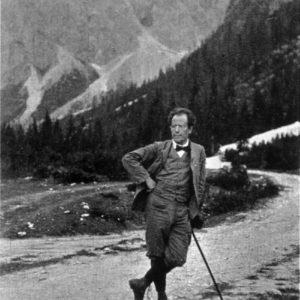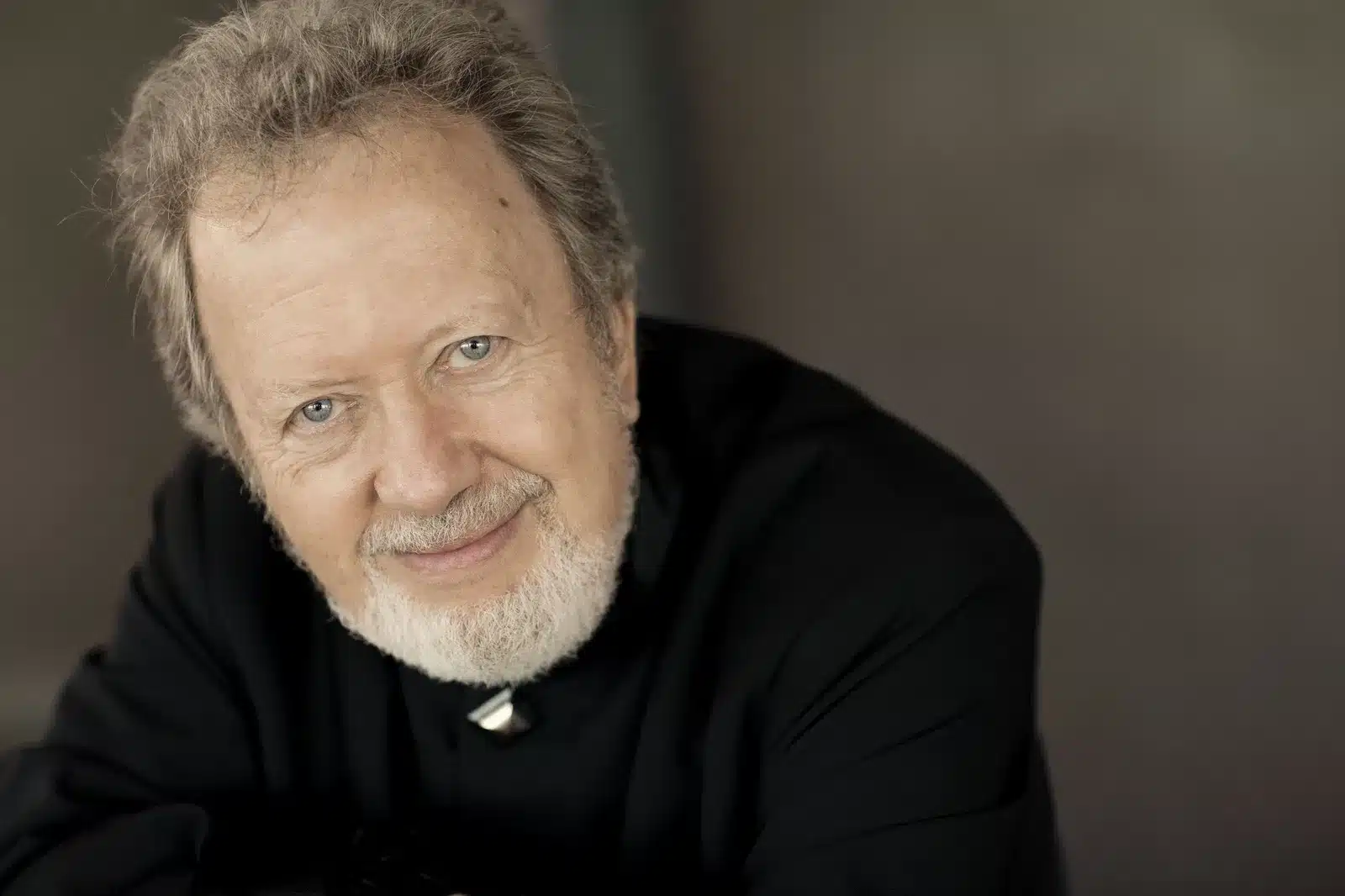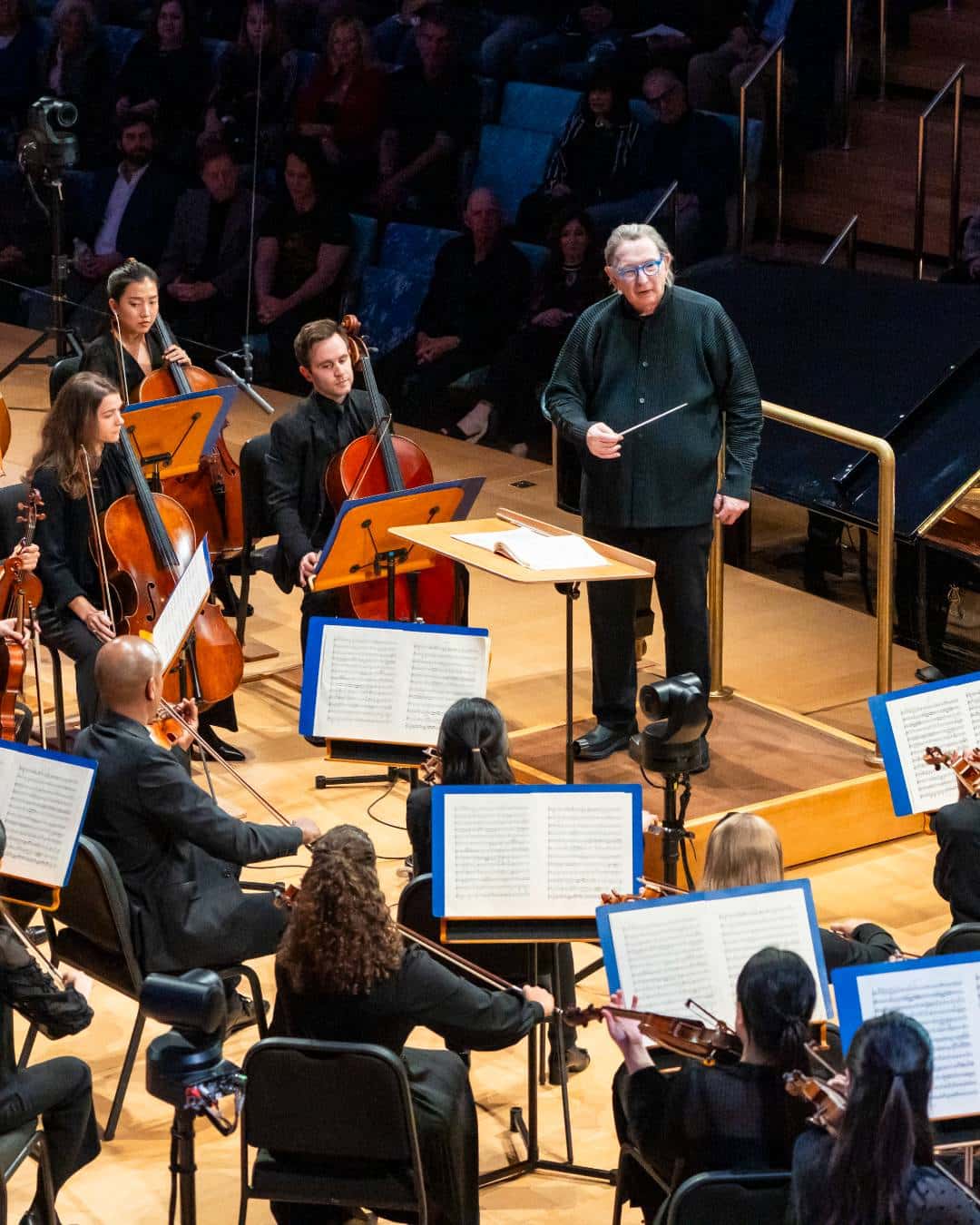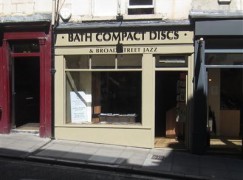Was Mahler strictly for the birds?
OrchestrasMessage from reader Tony Sanderson:
On Sunday 7th November, before Hilary Hahn’s stunning performances of Vaughan Williams’ The Lark Ascending and Prokofiev’s First Violin Concerto with standing ovations and two encores, there was a performance of Gabriella Smith’s highly original orchestral piece Tumblebird Contrails. played by the Philharmonia Orchestra conducted by Elim Chan. (review here).
Before the concert, Laurence Rose, conservationist with the RSPB, author and composer, discusses how composers including Vaughan Williams, Gabriella Smith and Messiaen have been inspired by the sounds, movements and interactions of birds.
In the Q&A part of the talk, I was able to ask him a question that had been bugging me for fifty years, since I heard the late Antony Hopkins in a Talking about Music broadcast ridicule Gustav Maler’s use of a falling fourth rather than a falling third as was used by Saint-Saëns in The Cuckoo in the Depth of the Woods from The Carnival of the AnimalsI, which Antony played with great glee to show much better Saint-Saëns had done it. Even though as a teenager and new to classical music, I knew Mahler would have got it right.
So, I asked Laurence about this, referring to Antony Hopkins’ talk. Mahler indicated in his score that it was the sound of a cuckoo, Laurence said, and he had listened to many thousands of cuckoo recordings to hunt down a Mahler cuckoo – and yes, he had come across one and said it was highly possible that Mahler would have heard a cuckoo sing with a perfect falling fourth while in his composing hut.
So, after fifty years, my faith in Mahler was rewarded.

UPDATE: No, Mahler was not cuckoo






Comments